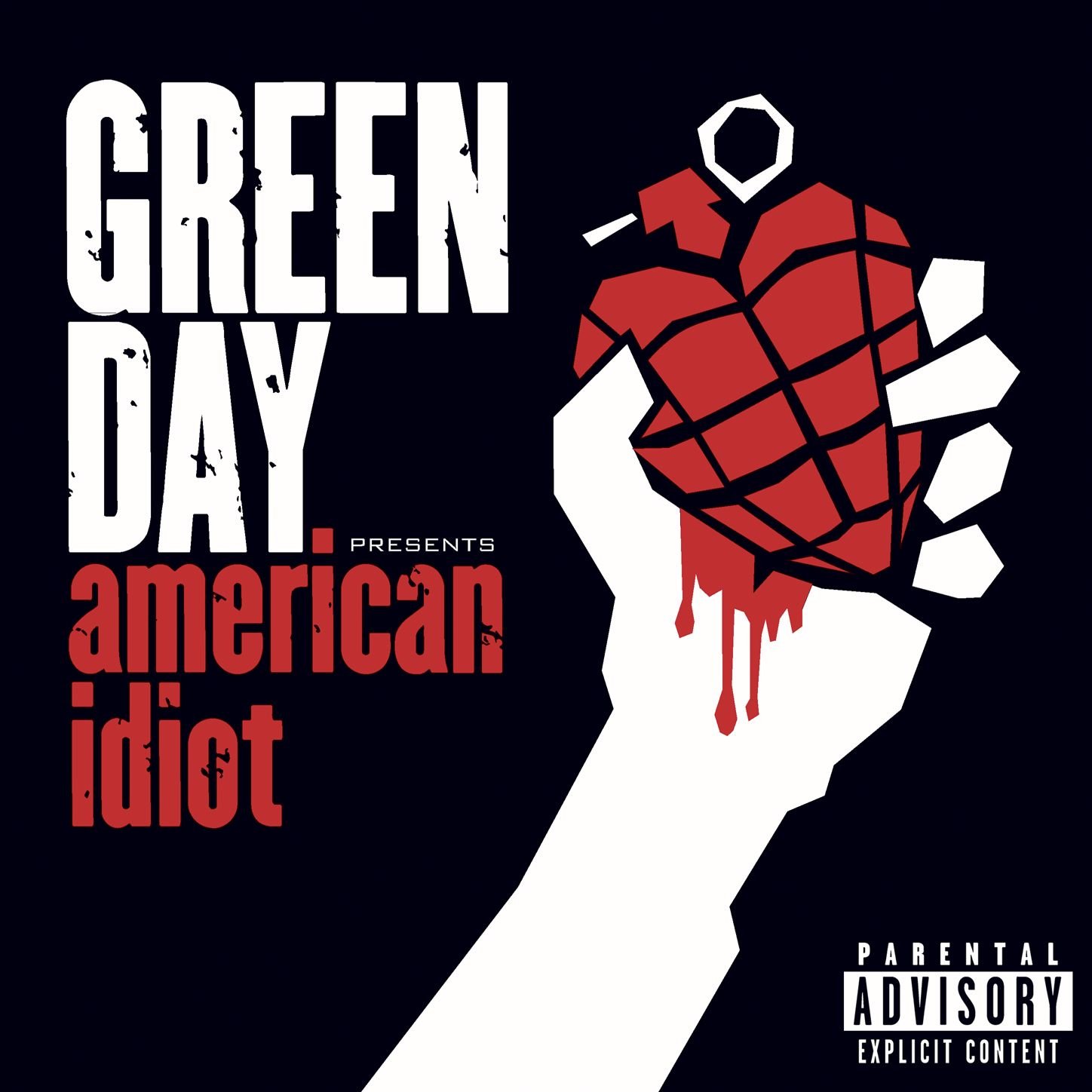In what ways does your media product use, develop or
challenge forms and conventions of real media products?
Our media product conforms to Roland Barthes’ Enigma Code
theory until the end as the meaning is not fully explained but unlike other
examples of this theory, the loose ends are not tied up and the true meaning of
the video is left up to the viewers’ own connotations.
Intentional low quality in some areas to add to the surreal
theme. This goes against standard codes and conventions as ‘normal’ music
videos usually have good quality.
How effective is the combination of your main product and
ancillary tasks?
Along with our music video, we developed two digi-packs, a
poster and a website. I designed one of the digi-packs and the website.
The cover for my digi-pack was something that I designed to
also be a poster. I put an image of James and me from last year and added
multiple filters to it resulting in the very unique effect.
The rest of the outside features our logo as well as a
picture from last year with awards that this album apparently won. The inside
has two images from the music video which I considered to be the most visually
interesting. One of them also features a list of songs that James put together
with only two being my choices.
Finally I decided to go a step further and attempt to design
a website to promote our fictional band. I decided to use Wix since it was free
and seemed straightforward. I picked a pre-existing template and began.
However, I am not incredibly skilled when it comes to things like this,
especially since this was the first time I used it. I mainly kept the aesthetic
and added images of our band and CD as well as some information. I later edited
it to look a bit better.
What have you learned from your audience feedback?
Early on, we identified our target audience as teenagers and
young adults who are fans of art rock and things that are surreal. James
created a questionnaire which I gave out to people to fill it in. However this
proved to be a flawed concept as the questions didn’t help us much in
understanding what they would want to see in our music video.
To make up for this, we organised a focus group made up of
the target audience we were hoping to reach. This was us showing them our
research into the song and our planning for the video. One responded positively
to the storyboard as he said that they would make for some visually interesting
and memorable scenes. However another did say that the storyboard could be
improved on which I later did by creating a new one.
After we filmed and edited our music video, we brought back
some of the members of the first focus group to give us their opinions on the
video. Based off this we learnt that they liked the atmosphere and the
ambiguous narrative. However, some criticism included; the mirror scene not
looking right (because of the visible greenscreen outline), one scene going on
for too long resulting in the video seeming somewhat awkward and the music
sounded terrible. The latter was a result of James recording the song off
YouTube with the internal speakers on the computer.
We fixed these problems as best as we could (we were not
able to re-film the greenscreen scene) and showed the final product to the
focus group which they liked.
In one of our lessons we went around the class watching each
other’s music videos and give our opinions on them. Based on the feedback I
received they liked; the narrative, the mirror and cupboard scenes, the
open-ended ending while thinking that there was a lack of variety in the shots
but by that time it was too late to change anything.
How did you use media technologies in the construction
and research, planning and evaluation stages?
Throughout the entire process we used Blogger to keep up
with the work we were doing whether it was bringing together ideas for the
video or presenting them at the end.
For research, I used the YouTube to watch videos in order to
take inspiration from them and observe the standard codes and conventions and
Wikipedia to learn about different genres to see what would fit ours as well as
record companies.
During the planning stage, I used Microsoft Word to create a
pseudo-storyboard. It was the lyrics with information of what we were going to
put there. I used Photoshop to create the logo for our band which was the Roman
eagle with the name.
While we were filming we used the cameras on our phones to
film.
When I made my digi-pack, I used In Design and Photoshop. I
used the latter to bring in and edit images for the digi-pack. The former to put
together the whole CD. While I was not the one who did the editing, I did a
small practice of it in Sony Vegas to see where some bits would go which James looked
at and the opening of his would be similar.
I used Wix in order to design a website for our band. I will
admit that I am unskilled when it comes to something like this so I just made
some simple pages with images of our CD and logo.
Finally when evaluating our music video, I have used Prezi
in order to answer one of the questions as well as currently using green screen
to answer this one.





























